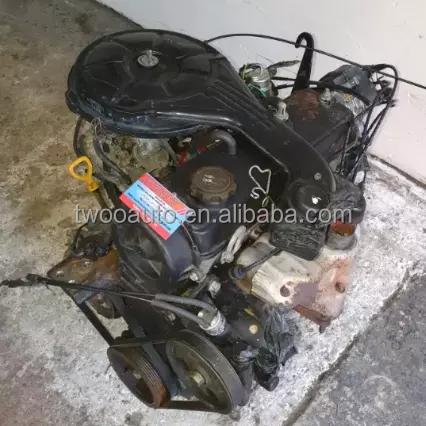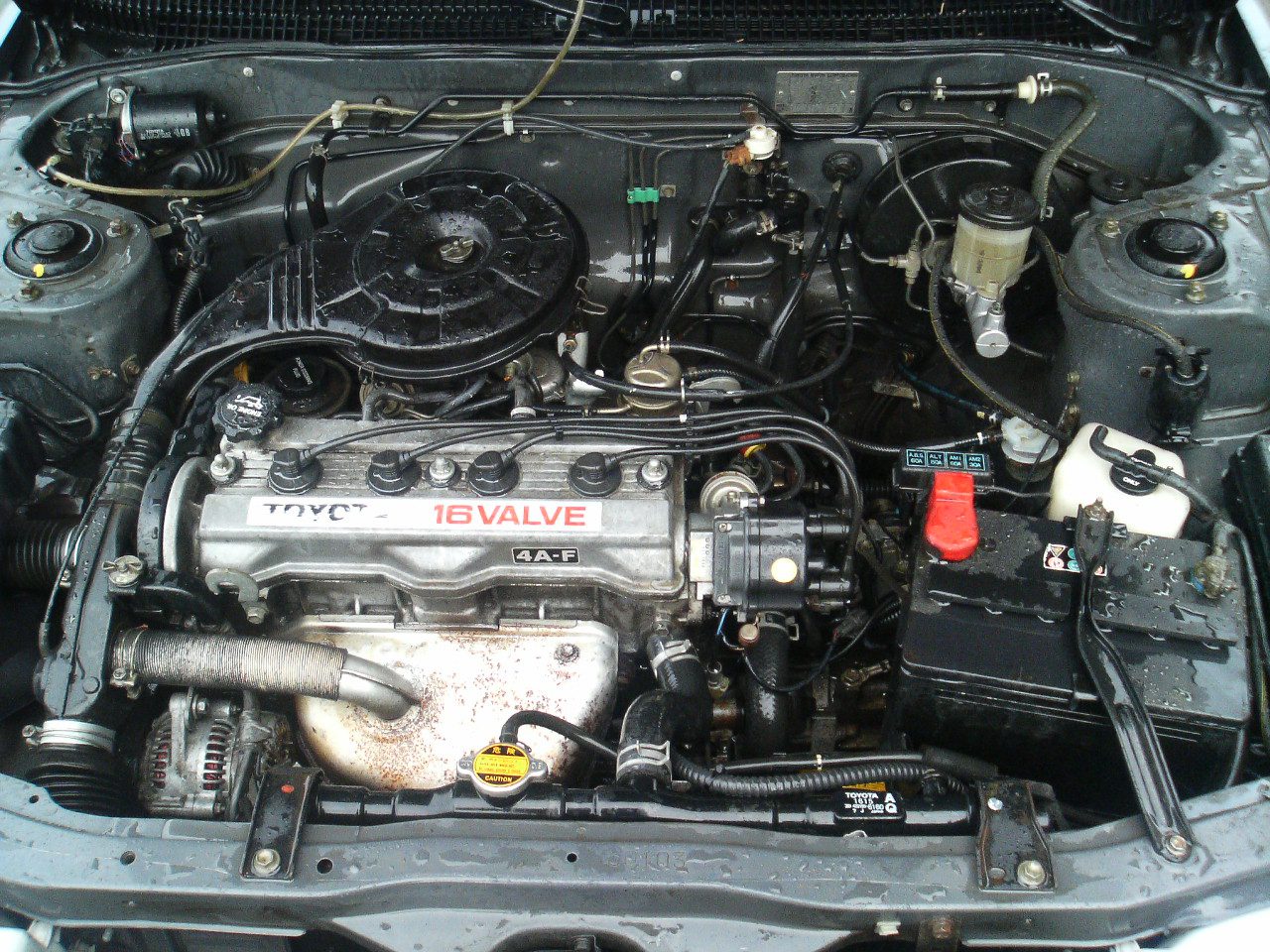Toyota Tazz: Essential Maintenance Tips to Keep Your Car Running Smoothly
Explore the most up to date Fads in Engine Technology Through Tazz
In the quickly advancing landscape of automotive technology, Tazz stands at the leading edge, highlighting considerable innovations in engine systems that focus on both innovation and sustainability. tazz. From hybrid engines that optimize fuel effectiveness to the introduction of hydrogen gas cells, the patterns forming modern-day powertrains are not just boosting efficiency yet additionally resolving critical environmental challenges. As the industry remains to push boundaries, it is necessary to consider how these developments will affect future transport remedies and the more comprehensive effects for worldwide energy usage. What lies ahead in this crucial makeover?
Crossbreed Engine Innovations
Hybrid engine innovations stand for a critical shift in vehicle innovation, combining the advantages of internal burning engines with electric propulsion systems. This assimilation not only enhances gas efficiency yet likewise reduces discharges, meeting progressively stringent ecological policies. By making use of both energy sources, hybrid engines can maximize performance, supplying power when needed while preserving fuel throughout much less demanding motoring conditions.
Current advancements in hybrid modern technology include renovations in battery efficiency and regenerative stopping systems. These technologies enable for better energy healing throughout deceleration, which can be redirected to aid in acceleration or power auxiliary systems. In addition, makers are concentrating on lightweight products and portable designs to optimize the efficiency of hybrid powertrains.
The development of plug-in hybrids has likewise increased the marketplace, enabling drivers to charge their cars utilizing typical electric outlets. This feature frequently permits considerable all-electric variety, additional reducing reliance on standard gas. tazz. As the vehicle market proceeds to progress, hybrid engine modern technologies are anticipated to play a critical duty in linking the void in between traditional automobiles and completely electric models, providing a transitional solution that deals with varied customer requirements and preferences
Advancements in Electric Powertrains
The automobile landscape is rapidly evolving, with electrical powertrains arising as a leading force in sustainable transportation. Breakthroughs in electric car (EV) technology are significantly boosting efficiency, individual, and effectiveness experience. Key technologies include improvements in battery chemistry, which have actually enhanced power density, reduced billing times, and extended total battery life.
Solid-state batteries, for instance, promise to reinvent the market by giving higher safety and security and effectiveness compared to standard lithium-ion cells. Additionally, innovations in regenerative braking systems are making it possible for automobiles to recoup energy throughout deceleration, adding to overall effectiveness.
Along with battery modern technology, electric motor styles are coming to be more advanced. Technologies such as integrated motors and progressed thermal monitoring systems are helping to enhance power shipment and lower weight, ultimately improving automobile characteristics.

Collectively, these advancements underscore the commitment to transition towards cleaner, more reliable transportation solutions, positioning electrical powertrains at the center of auto technology.
The Surge of Hydrogen Gas Cells
Progressively, hydrogen fuel cells are gaining grip as a sensible choice to standard interior combustion engines and battery electrical lorries. This innovation utilizes the chemical energy saved in hydrogen, transforming it into electrical power through an electrochemical response with oxygen. The main byproduct of this procedure is water, making hydrogen gas cells an eco-friendly alternative with no emissions at the tailpipe.

Automakers are progressively spending in hydrogen gas cell modern technology, recognizing its capacity for long-range applications and quick refueling capacities that rival traditional fuels. In addition, fields such as heavy-duty transport and public transit are especially appropriate for hydrogen gas cells, where battery electrical remedies might drop short due to weight and range limitations.
As research study and investment continue to broaden, hydrogen fuel cells are poised to play a considerable function in the future landscape of tidy transport and power options.
Enhancements in Internal Burning Engines
Advancements in inner burning engine (ICE) innovation are changing standard automobiles to satisfy contemporary environmental requirements and performance expectations. Among one of the most substantial improvements includes the combination of sophisticated fuel injection systems. These systems maximize the air-fuel combination, boosting burning effectiveness and resulting in reduced emissions. Straight gas injection, for instance, enables far better atomization of gas, causing more complete burning and improved power output.
Furthermore, turbocharging has obtained importance, allowing anchor smaller sized engines to deliver greater performance without the weight of bigger engines - tazz. This technology not just increases efficiency however also adds to lower gas consumption. Variable shutoff timing systems are also being fine-tuned, enabling engines to adapt to numerous driving conditions for boosted torque and responsiveness
Additionally, using lightweight products in engine construction is coming to be basic, further boosting fuel performance by reducing general vehicle weight. Engine control systems (ECUs) are significantly sophisticated, allowing real-time changes that optimize efficiency and exhausts.
These enhancements collectively symbolize a pivotal shift in ICE innovation, straightening with global sustainability goals while still supplying the efficiency drivers anticipate from their lorries. As the industry develops, these enhancements proceed to form the future of traditional automobile engineering.
Future Patterns in Engine Performance
Substantial advancements in engine efficiency are expected as makers concentrate on incorporating sophisticated technologies to meet stringent environmental policies and consumer demands. The shift towards electrification, hybrid systems, and alternate fuels is reshaping the automobile landscape, driving developments that improve fuel economic climate and decrease discharges.
One of the essential trends is the implementation of advanced materials and manufacturing strategies. Light-weight compounds and high-strength alloys contribute to decreased vehicle weight, thus boosting total performance. Furthermore, the adoption of turbocharging and variable valve timing modern technologies permits for enhanced power outcome from smaller engines, further boosting gas economic climate.

Verdict
Finally, the exploration of engine innovation reveals considerable advancements that focus on sustainability and efficiency. Advancements in hybrid engine systems, electric powertrains, and hydrogen gas cells demonstrate a dedication to reducing discharges while boosting performance. In addition, improvements in interior burning engines and a concentrate on light-weight products add to general engine performance. As the auto industry continues to advance, these trends will play a vital role in shaping a cleaner and more lasting future for transport.
From crossbreed engines that maximize gas performance to the emergence of hydrogen fuel cells, the trends shaping modern powertrains are not only improving performance however likewise attending to essential ecological obstacles.Crossbreed engine innovations stand for a pivotal change in auto technology, combining the advantages of inner read this article burning engines with electrical propulsion systems.In addition, turbocharging has actually gotten importance, enabling smaller engines to deliver higher efficiency without the weight of bigger engines. Furthermore, the adoption of turbocharging and variable valve timing technologies permits for boosted power outcome from smaller sized engines, even more enhancing gas economic situation.
Renovations in interior combustion engines and an emphasis on light-weight materials contribute to total engine performance.